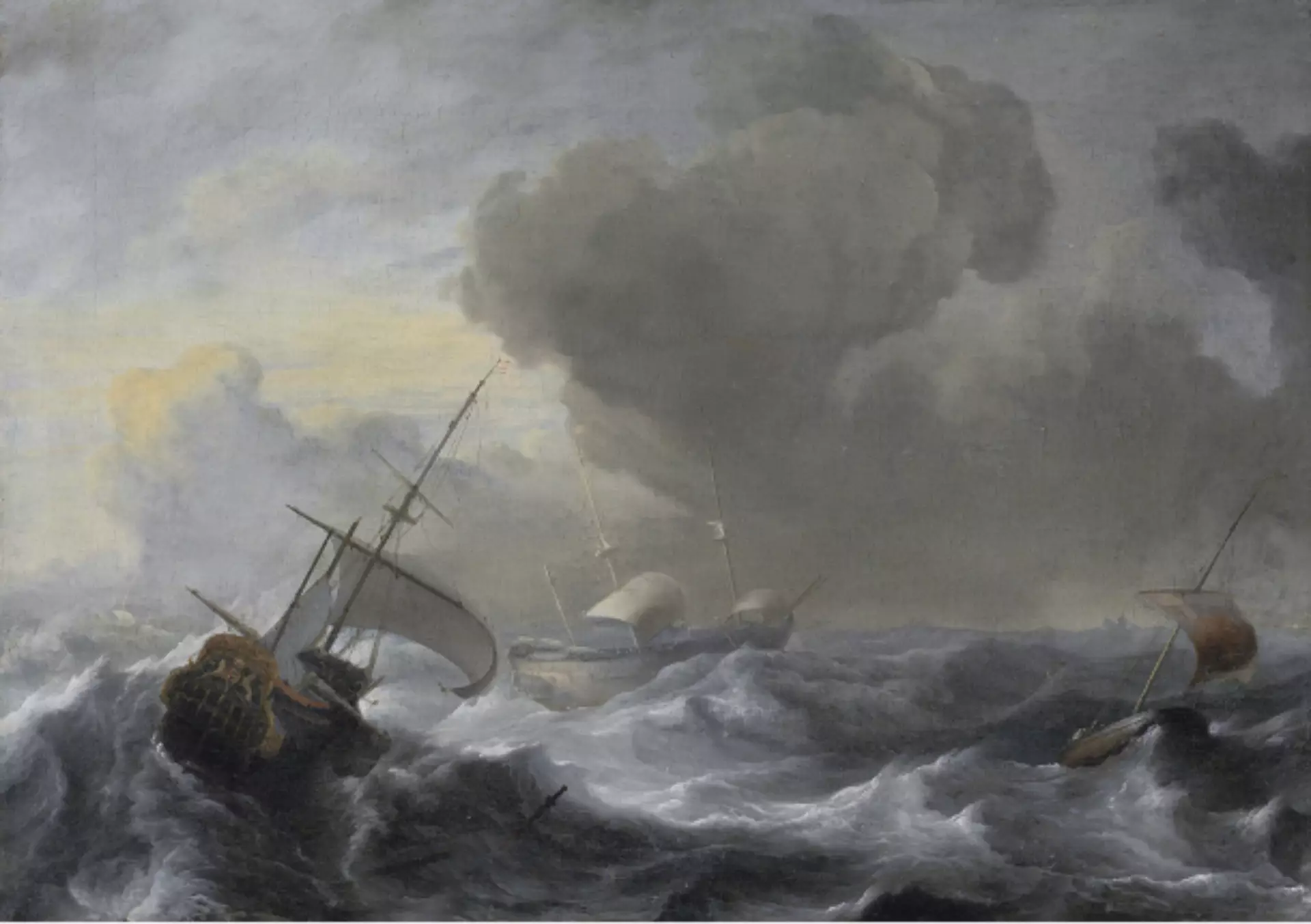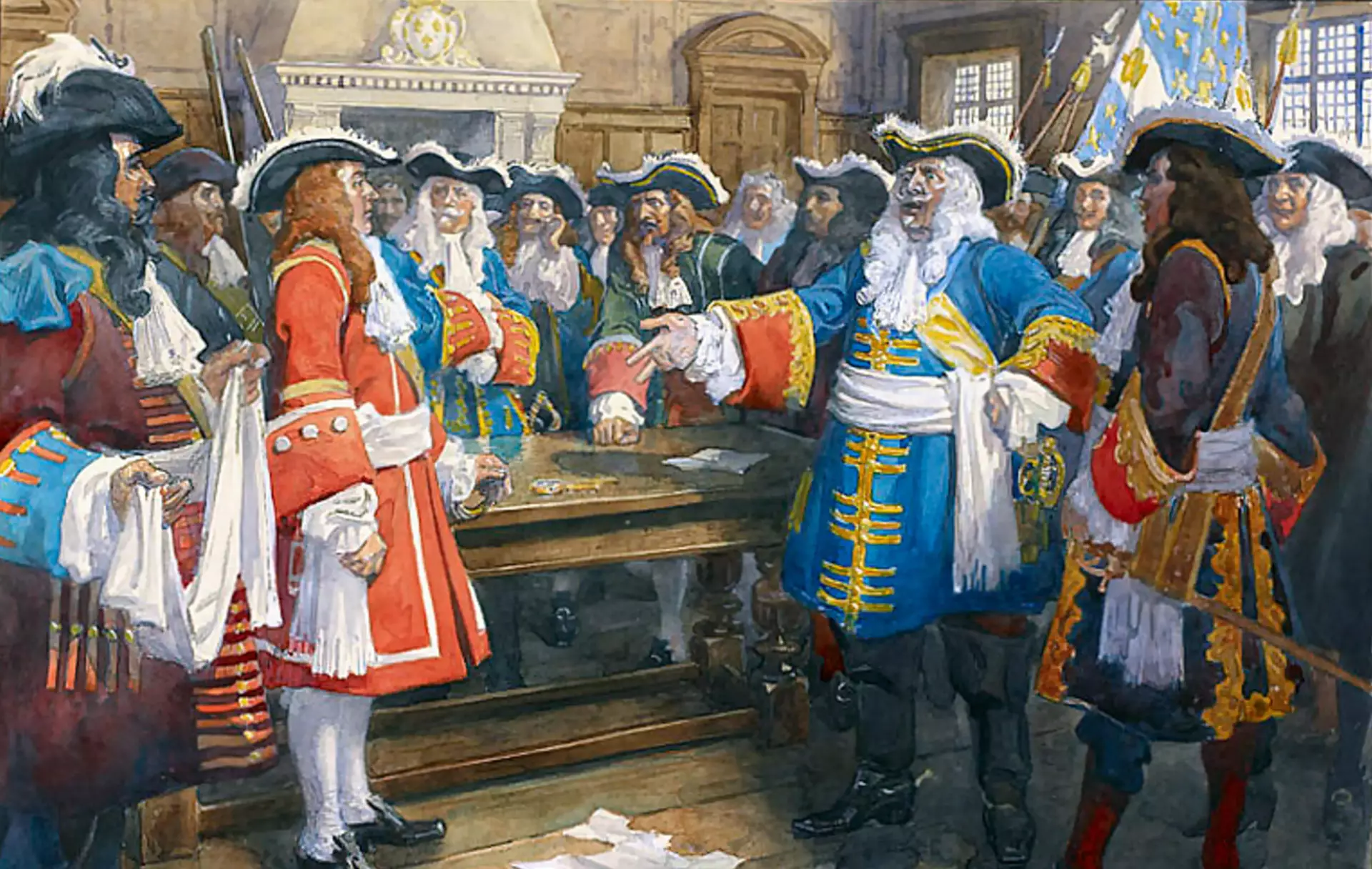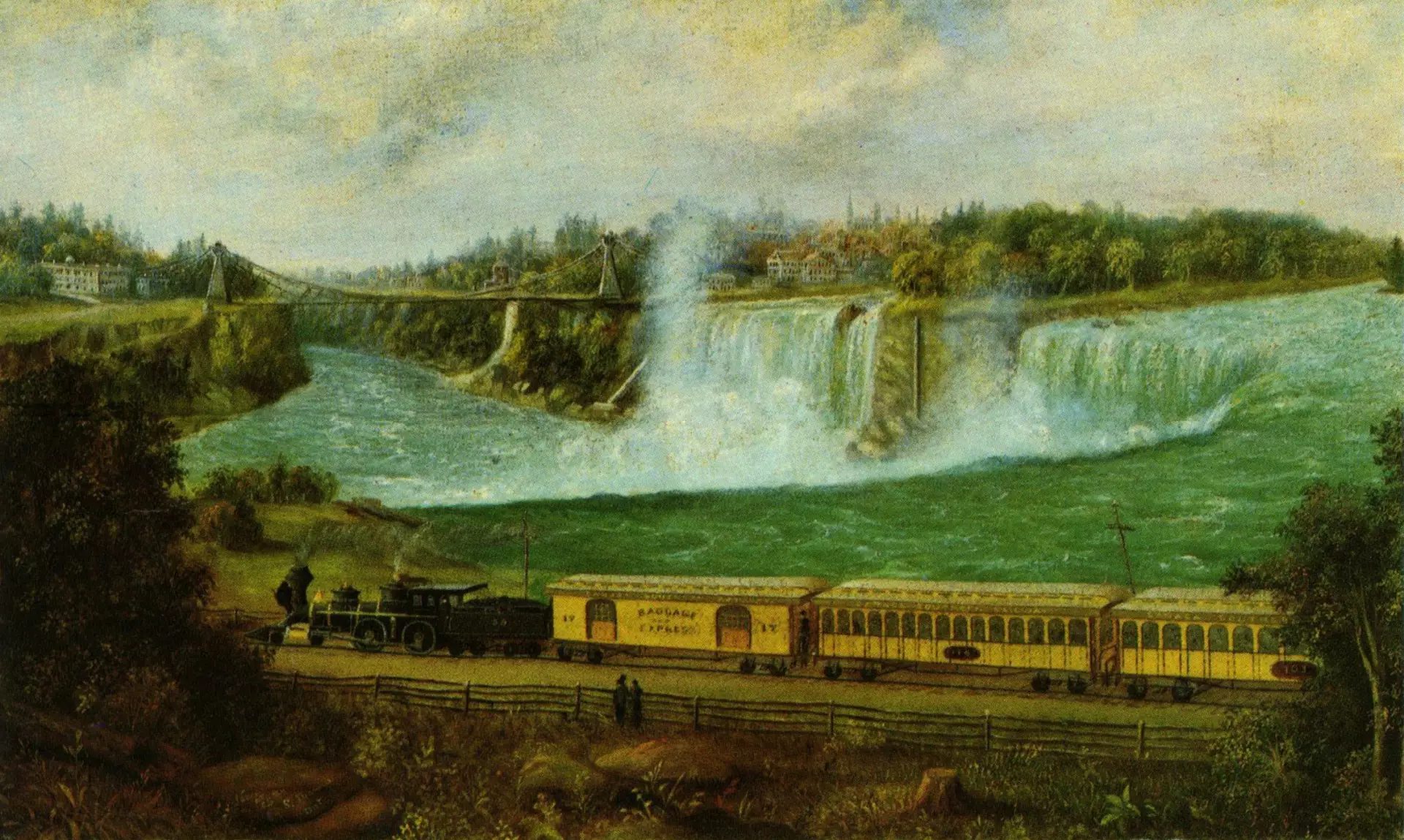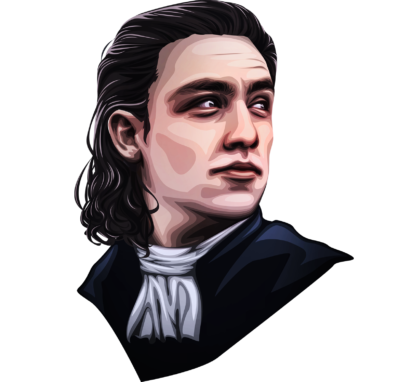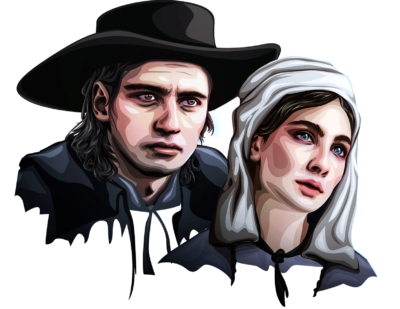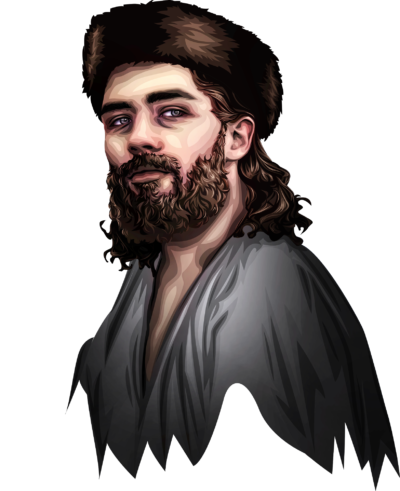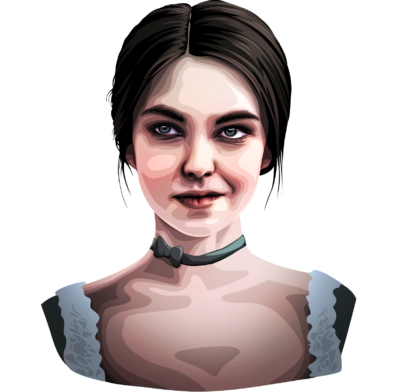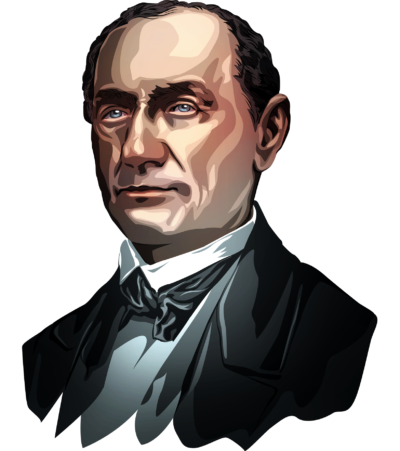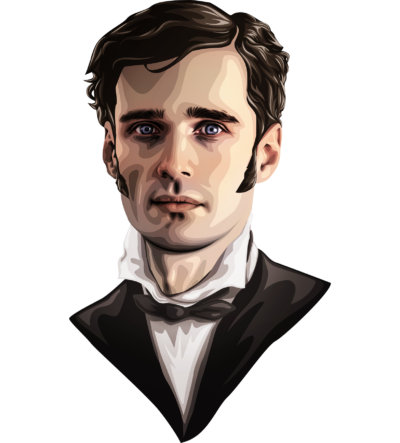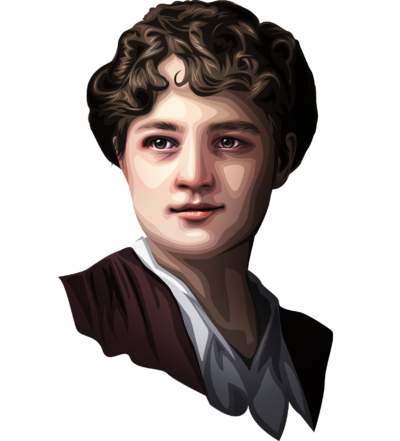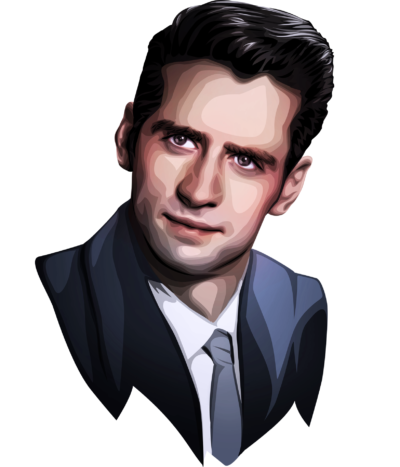Head of the clan
Antoine Trottier Desruisseaux
The man who inspired a generation of leaders


A true leader, Antoine Trottier Desruisseaux, the third of Gilles Trottier and Catherine Loyseau’s five sons, was a farmer, coureur de bois and merchant. A businessman before his time, he passed on his legendary talents to his children.
THE BIG BOSS
The third of Gilles Trottier and Catherine Loyseau’s five sons, Antoine Trottier was born on January 21, 1640, at Igée, in Perche. He was six years old when he arrived in Canada. After their parents died, the Trottier sons survived through hard work and the generosity of the small Cap-de-la-Madeleine community.

The Cart. Louis Le Nain, 1641.
From childhood, he showed promise as an entrepreneur. A small-time farmer, he sold his own wheat and grain produced by his neighbours. He also owned a cow and rented it to those who needed milk to feed a child, care for an ailing family member or make a batch of butter.

Young Herdsmen with Cows. Aelbert Cuyp, ca. 1655-1660
As a teenager, he was fascinated by fur trading expeditions. At the first sign of winter, he left Cap-de-la-Madeleine in the company of a group of coureurs de bois to explore the continent. Like Charles Aubert de La Chesnaye, whom he met a few times, he was determined to make his mark in the fur trade.

Sir Alexander Mackenzie Crossing the Rockies, 1793. Arthur Heming, ca. 1890.
Before the age of 20, this exceptionally ambitious young man led an expedition to the far reaches of Lake Superior.
A FAMILY BUSINESS

Les Montréalistes. Francis Back, 1992.
As head of the clan, Antoine Trottier got his brothers, their families and his own children involved in his business ventures. They were his eyes and ears along the fur route from Montreal to Detroit.
In 1663, Antoine Trottier married Catherine Lefebvre, a dynamic woman who gave birth to 12 children and played an active role in the family business.
In 1670, Antoine Trottier, aged 30 at the time, moved with his wife and children to Batiscan, in the Mauricie, where the Jesuits had granted him a plot of land.
So they made sure their children got a good education.
In 1683, they hired Pierre Bertrand, a graduate of the Université de Paris, to teach their children to read, write and do arithmetic—skills that most of their young compatriots in New France did not have.

The Schoolmaster. Adriaen Van Ostade, 1662.
STOPPING TO MEET AND GREET
Antoine Trottier developed his farming and business interests at the same time. The place where he lived near Île Saint-Éloi turned out to be a strategic choice. It was an important stopover for Indigenous traders travelling by canoe and French merchants looking to trade. Antoine jumped on the opportunity to consolidate his share of the fur trade.
His venture was a big success. Having made substantial profits through his commercial activities, Antoine Trottier gave himself the title of “bourgeois merchant of Batiscan,” along with the nickname Desruisseaux, to set himself apart from his brothers.

Samuel de Champlain at St-Éloi Island. Brian O'Keefe, n.d.

Batiscan River Rapids. Bestchai, n.d.

STOPOVERS ON THE FUR TRADE ROUTE
To promote the trade and make it profitable, Antoine Trottier acquired several islands, creating a network of stopovers. They served as campsites for those travelling by canoe on the St. Lawrence, the Ottawa River and Lac des Deux Montagnes, headed for Detroit and the Great Lakes.
Voyageurs at Dawn. Frances Anne Hopkins, 1871.
ENTREPRENEURSHIP IN THEIR BLOOD
The involvement of Antoine Trottier Desruisseaux’s children was key to the project’s success.
In 1697, Marie-Anne Trottier Desruisseaux married the merchant Raymond Martel de Brouage. In 1708, she became the seigneuress of Lachenaie.
In 1699, Pierre Trottier Desruisseaux became the seigneur of Île aux Hérons.

The Happy Family. Louis Le Nain, 1642.
In 1701, Michel Trottier dit Beaubien became the seigneur of Rivière-du-Loup-en-Haut.
In 1708, Joseph Trottier Desruisseaux, who was very active in recruiting coureurs de bois, became the seigneur of Île Perrot.
In 1696, Marie-Catherine Trottier married Jean Cuillerier dit Léveillé, son of a fur merchant allied with her father. Through the marriage, she inherited the properties of the Cuillerier family at the foot of the Lachine Rapids, a strategic location for the fur trade.

Antoine Trottier’s act of burial. Denis Givogue, 1706.
But the family business he had founded continued to grow, thanks to the involvement of all his children.

Antoine Trottier showed leadership skills from a very young age. He understood that in seeking to build a better future, a true leader must help those around him to become leaders in their own right.
